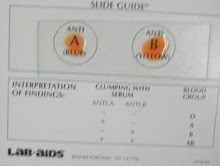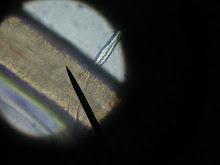The table above portrays the different blood types and there compatibility to one another. This is all based on the idea of transfusion. Transfusion is the process of transferring blood, or blood based products from one person, into the circulatory system of another. Although this may sound like a simple process, it is actually quite complicated. Not only does each individual have different types of blood, but if some of these different types of blood were to mix with another type of blood, then your immune system may form antibodies and begin attacking the donated blood. Furthermore, above you will notice that blood O negative is the Universal Donor which means it can successfully be donated to every type of blood without harm. You will also notice that blood AB positive is the Universal Receiver which means that it can receive any type of blood successfully. Every other blood type has restrictions as you will notice in the table above.
Information:












